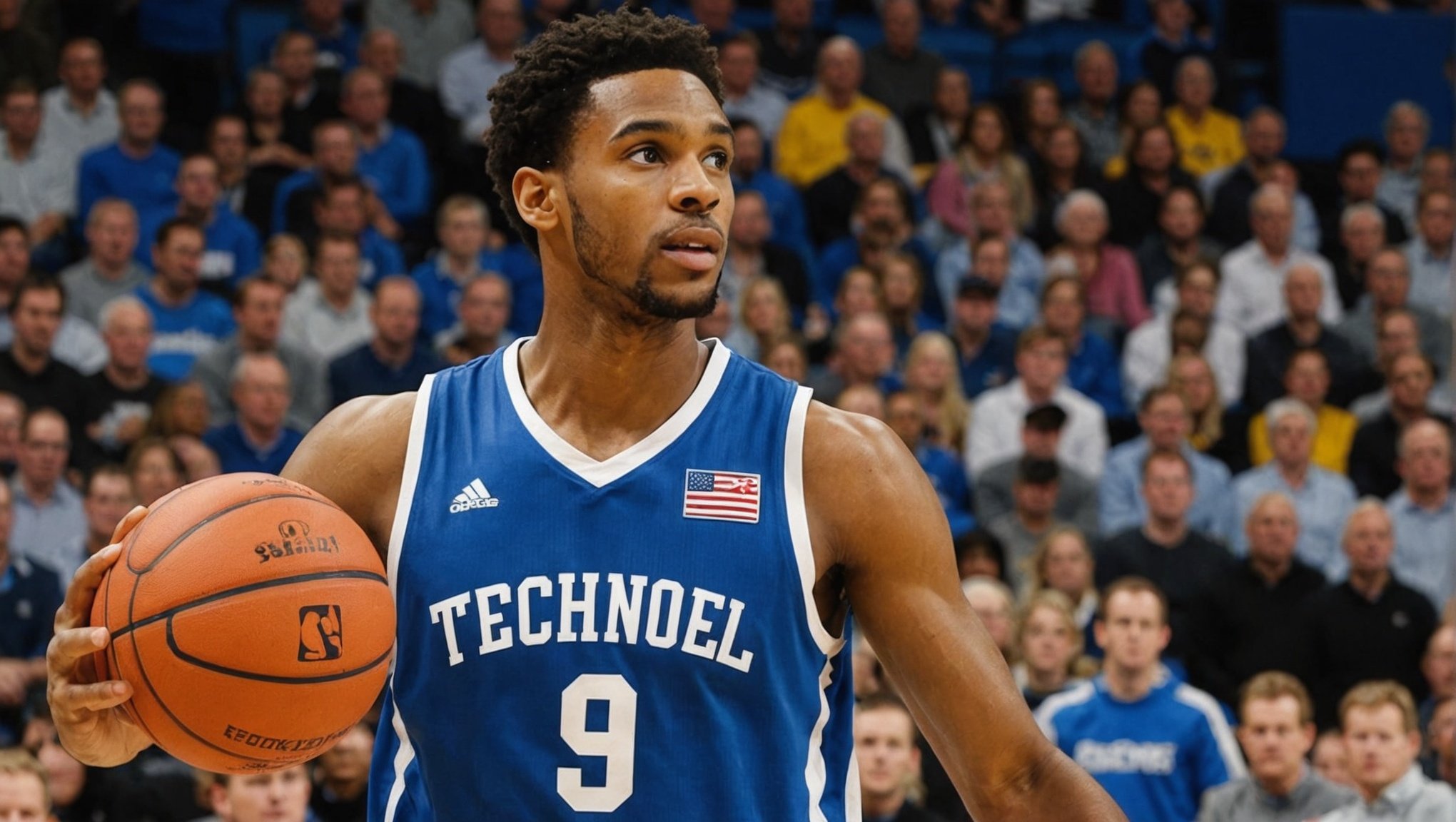Importance of Peripheral Vision in Basketball
Peripheral vision is a crucial component in basketball performance, significantly enhancing a player’s ability to maintain court awareness. It allows players to monitor the ball, opponents, teammates, and their surroundings without direct focus. This wide field of vision is integral to assessing game dynamics rapidly.
In basketball, nearly every play involves interpreting movements across the entire court. Players rely on peripheral vision to quickly evaluate situations, making rapid decisions that can lead to effective strategies. For instance, it enables spotting open teammates for a pass or anticipating an opponent’s maneuver, thereby facilitating better collaboration and disruption of counter-actions.
Moreover, peripheral vision directly impacts decision-making and reactions. It enhances a player’s ability to adapt to fast-changing scenarios and optimises reaction times. A study on UK basketball leagues observed that players with heightened peripheral awareness often showed superior defensive and offensive capabilities.
To illustrate, consider a scenario where a player drives with the ball toward the basket. With keen peripheral vision, they not only track potential defenders coming to block the shot but can also identify a teammate ready for a pass, thereby increasing scoring opportunities. Such agility and situational awareness exemplify the necessity of enhanced peripheral vision in thriving under competitive pressures.
Also to read : Elevate Your Game: Boosting Endurance for UK Basketball Players with Effective Interval Training Techniques
Practical Exercises to Enhance Peripheral Vision
Enhancing peripheral vision, particularly in basketball training, can significantly elevate an athlete’s game awareness and response time. Peripheral vision exercises can be incorporated seamlessly into your training routine to sharpen visual acuity and spatial awareness.
Eye Movement Exercises
Eye movement exercises are crucial for improving eye tracking and focus. Techniques such as tracking an object moving below the chin level or following a figure-eight trajectory can be beneficial. In practice sessions, integrating reactive eye drills can better prepare athletes for unpredictable scenarios.
The benefits of varying distances and speeds in eye movements are substantial, as they simulate real-game conditions. This variability trains the eyes to swiftly adapt, maintaining focus on moving players and the ball simultaneously.
Postural and Spatial Awareness Drills
Spatial awareness drills ensure players maintain awareness of their surroundings while dribbling. Exercises that create a dynamic environment, such as simulating different game scenarios, enhance the ability to process peripheral stimuli quickly. Correct posture is indispensable for optimal vision, as it keeps the neck and eyes aligned, allowing a wider field of view.
Vision Training Tools and Technologies
Utilising vision training tools and technologies can also be advantageous. Tools such as strobe glasses or apps offering virtual reality experiences can boost peripheral vision. These aids provide immersive scenarios, enhancing focus and speed, crucial for on-court performance.
Drills for Basketball Players to Boost Court Awareness
Building enhanced court awareness in basketball is crucial for effective gameplay, and incorporating specific basketball drills can significantly improve this skill set. Not only do these drills enhance your awareness, but they also fine-tune your overall skill development.
Sensorial and Peripheral Drills
Peripheral awareness is a critical component in basketball. By focusing on awareness drills that prioritize peripheral vision, players can increase their ability to see and process what’s happening on the court. These drills might involve combining auditory cues, such as a coach’s whistle or a teammate’s shout, with visual tasks to improve multi-sensory integration. Additionally, distraction techniques, like flashing lights or varied sound patterns, are used to enhance reaction times, training players to respond swiftly and accurately in dynamic situations.
Partner and Team Drills
Team-oriented awareness drills are designed to promote communication and spatial awareness. Engaging in collaborative games, such as those focusing on positioning and awareness among teammates, is invaluable. Through competitive scrimmages, players can apply these skills, using their improved peripheral vision to anticipate and react effectively, fostering a cohesive team environment where everyone is attuned to the game’s flow.
Coaching Insights and Expert Tips
Gaining a competitive edge in basketball requires more than just shooting hoops. Peripheral vision training is a key focus for UK basketball coaches, aiming to enhance players’ awareness on the court. By improving the ability to track multiple moving objects and anticipate opponents’ actions, players can develop quicker decision-making skills, significantly impacting their overall game performance.
Individualized training plans are crucial to cater to each player’s unique abilities and areas of improvement. Expert advice stresses that a one-size-fits-all approach is ineffective in elevating a player’s proficiency. Tailoring these plans ensures that strengths are maximized and weaknesses are addressed efficiently. For instance, a player struggling with shooting accuracy might benefit more from drills focusing on form and technique, rather than generalized practice routines.
Monitoring and assessing progress isn’t just a recommendation—it’s essential. Regular evaluation provides real-time insights into how well a player is adapting to their training plan. Coaches suggest employing a mix of metrics, such as game performance statistics and feedback from video analysis, to track improvements. This structured approach to progress tracking not only helps in refining the training processes but also motivates players as they see tangible results over time.
Key Takeaways and Ongoing Improvement
Continuous improvement in basketball training hinges on the strategic integration of vision training into existing practice schedules. This method focuses primarily on enhancing player skills, ensuring athletes develop sharp peripheral vision, crucial for anticipating on-court dynamics. Addressing how to blend this seamlessly with conventional drills enhances the effectiveness of routine practices.
Consistent practice over time is paramount. Regular training sessions allow players to refine their visual acuity and reaction times, central to elevating game performance. It is not merely about immediate results but fostering a progressive improvement path that continuously augments a player’s capabilities.
A practical approach involves utilizing game footage to assess peripheral vision in real situations. This evaluation process can highlight instances where lapses occur, allowing coaches to adjust training to address specific needs. By analyzing these clips, players can identify opportunities for skill enhancement in authentic game scenarios.
To ensure success, basketball training programs should integrate these methods with a focus on player adaptability and skill development. Over time, such an approach cultivates a more cohesive team, equipped with enhanced vision capabilities, integral for dynamic in-game decision-making and tactical execution.












